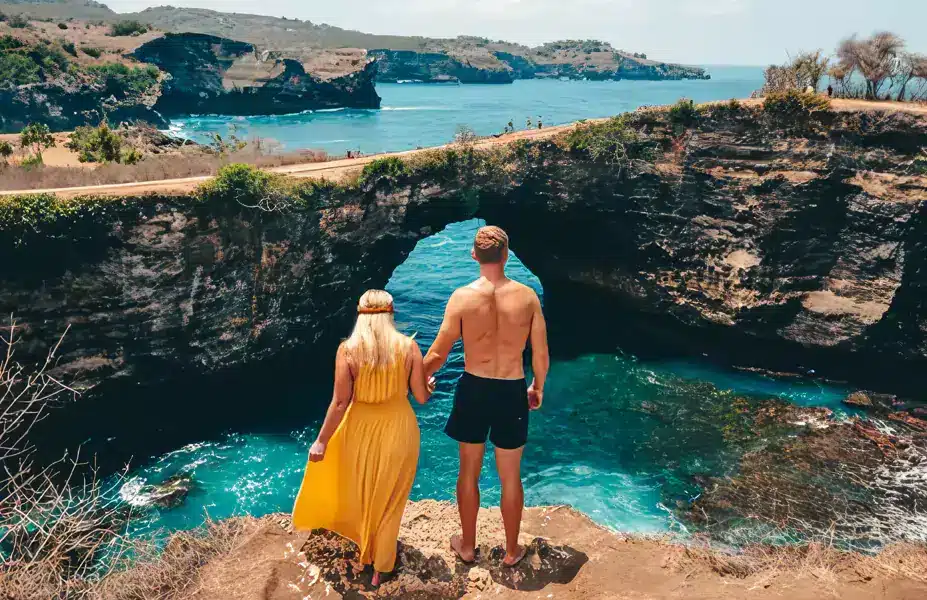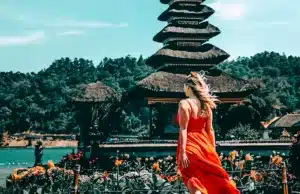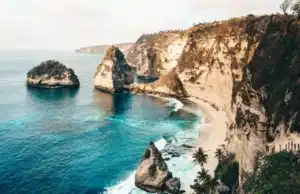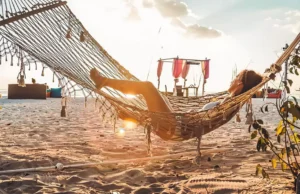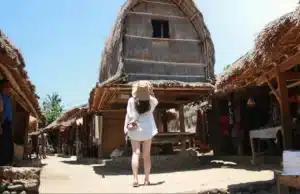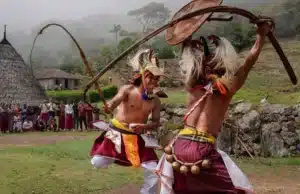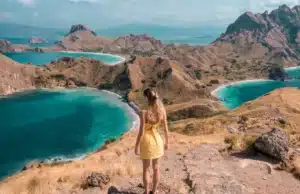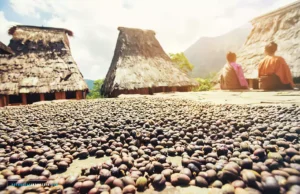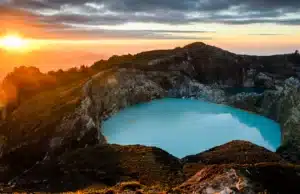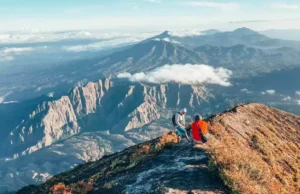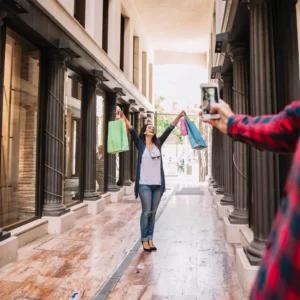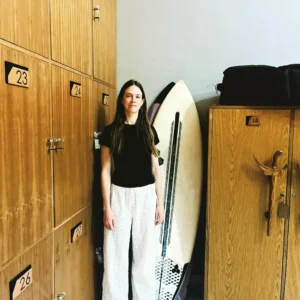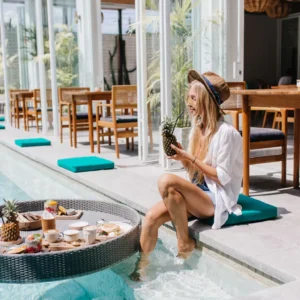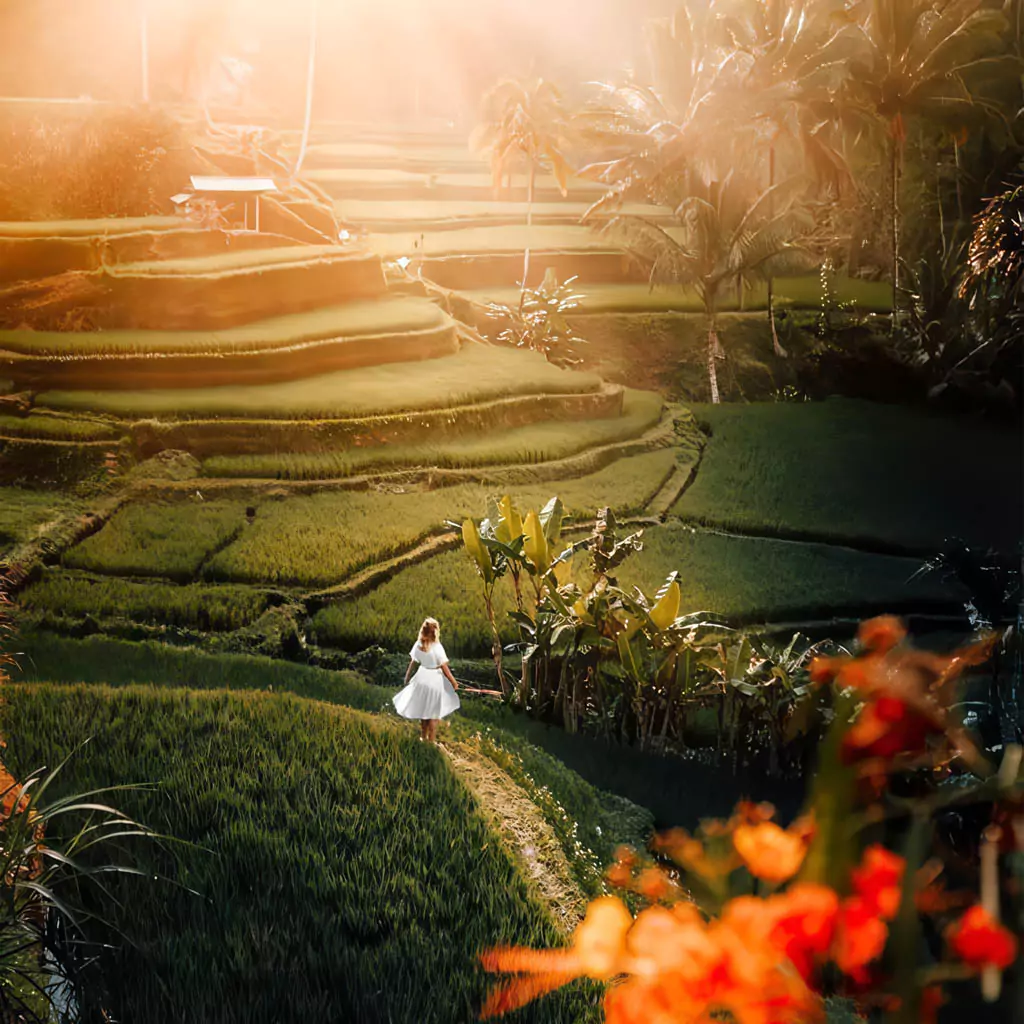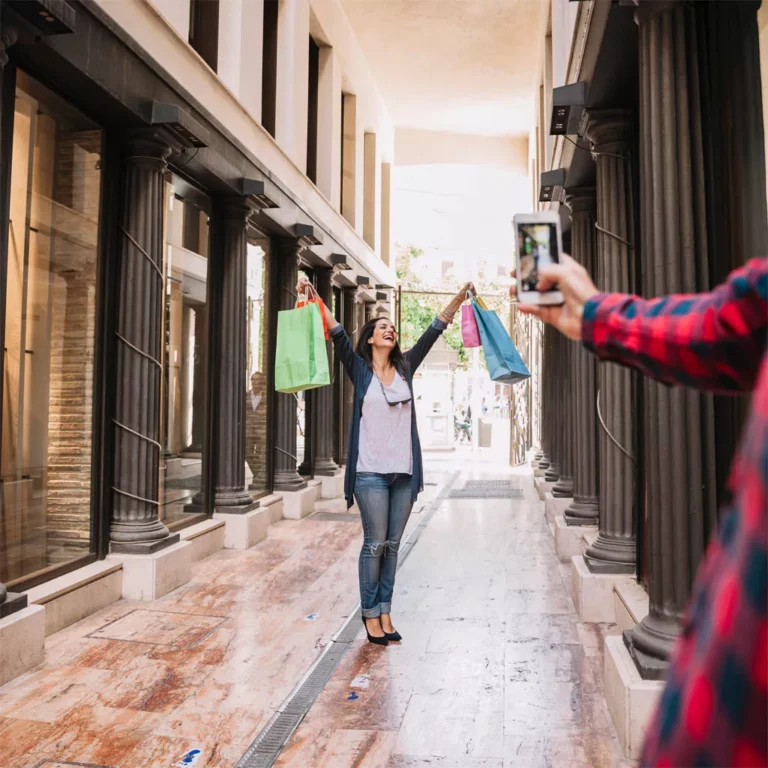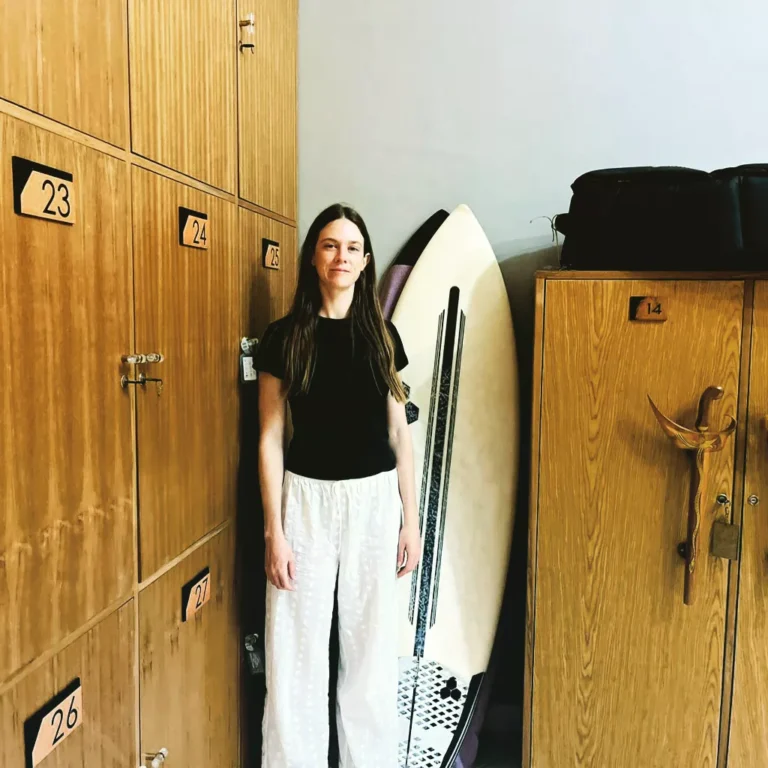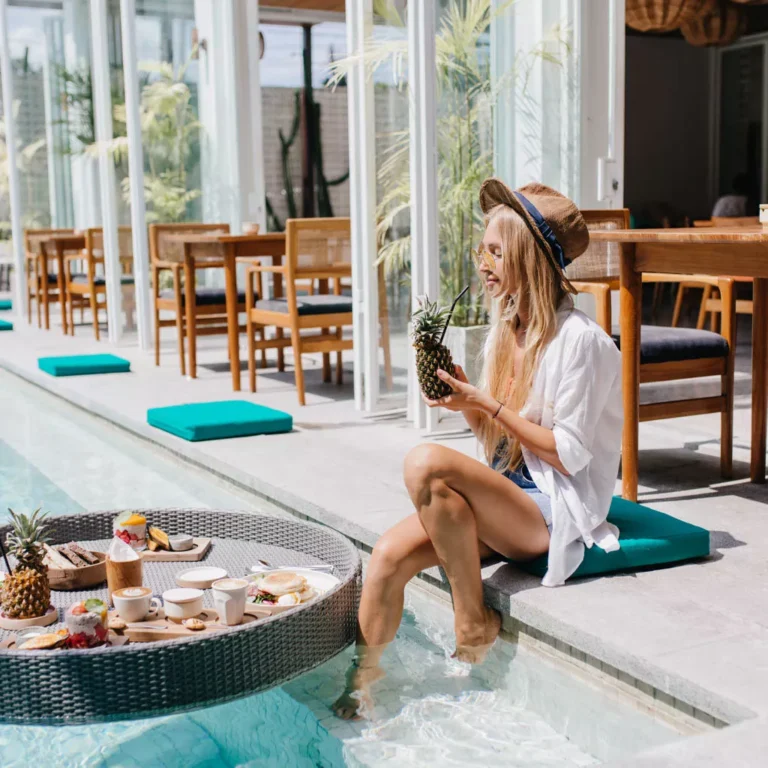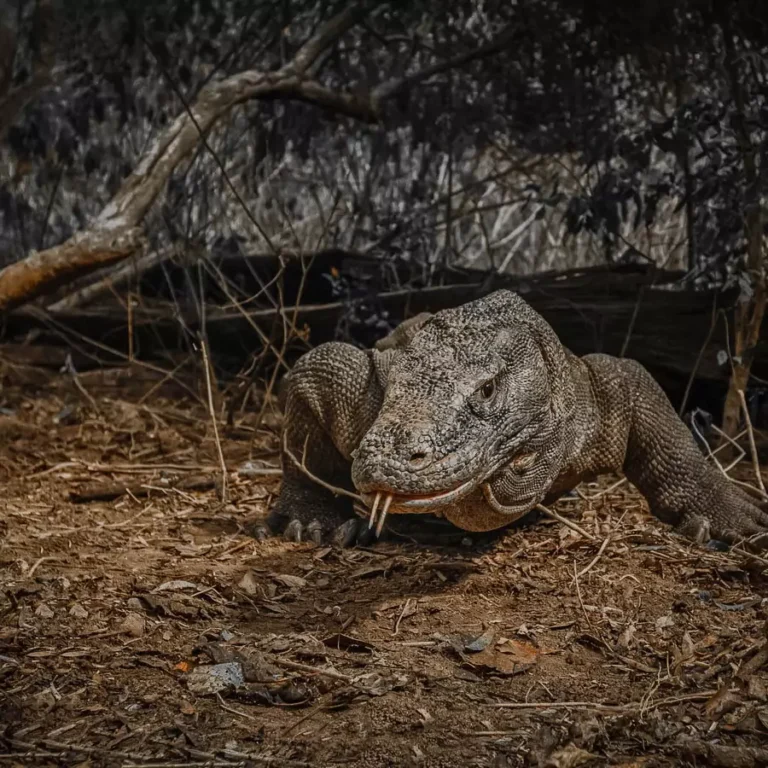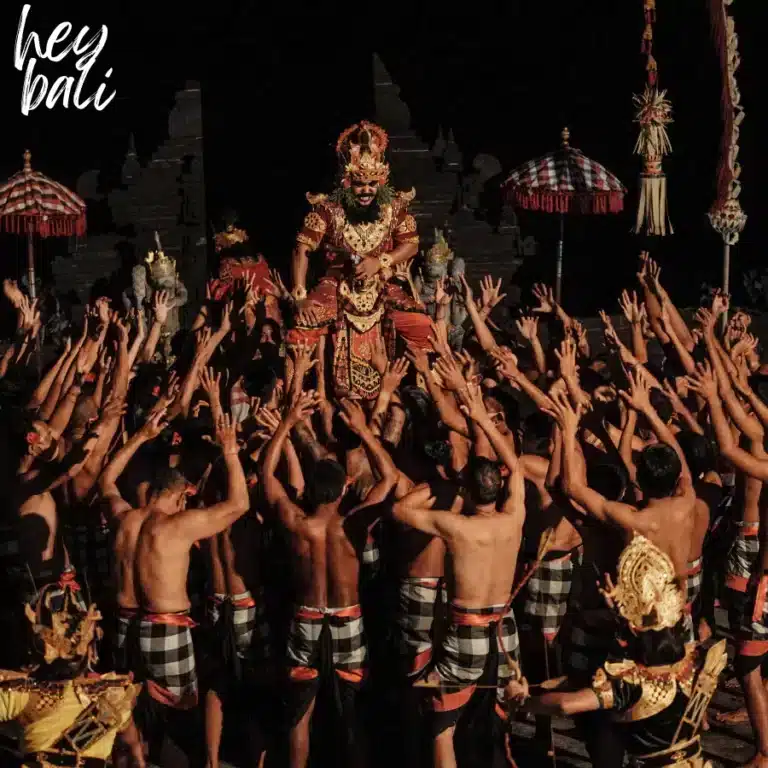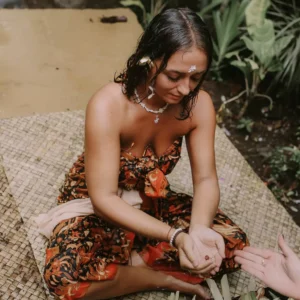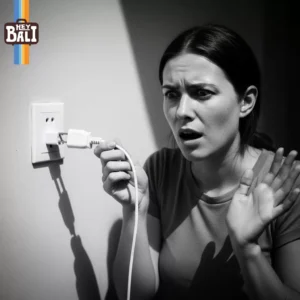Chapters
ToggleBali Island is famous for its stunning beaches, but its rice terraces are equally breathtaking. From iconic landscapes to hidden gems, here are the best rice terraces in Bali that every nature lover should explore.
Bali’s rice terraces are more than just stunning landscapes—they are a testament to the island’s rich agricultural heritage and cultural traditions.
These lush green fields, shaped by centuries of farming practices, offer breathtaking views, peaceful retreats, and a glimpse into the unique Subak irrigation system, a UNESCO-recognized tradition that balances harmony between humans, nature, and spirituality.
Whether you’re seeking iconic vistas or hidden gems, here are the best rice terraces in Bali that every nature lover must explore
Quick Summary : Top 7 Best Rice Terraces in Bali You Can’t Miss
- Tegalalang Rice Terrace: Bali’s Most Iconic Landscape
- Jatiluwih Rice Terrace: A UNESCO World Heritage Site
- Sidemen Rice Terrace: Bali’s Hidden Gem
- Rendang Rice Terrace: A Scenic Escape in East Bali
- Alas Harum: Bali’s Ultimate Agro-Tourism Destination
- Antosari Rice Terrace: A Serene Retreat in West Bali
- Pupuan Rice Terrace: Bali’s Lush Green Paradise
- Bonus Custom Map: 36 Beautiful Rice Terraces In Bali
an a unique and unforgettable Bali adventure beyond the typical tourist spots. Use our interactive map to explore the best rice fields, discover hidden gems, and experience the true beauty of Bali’s rural landscapes!
The Subak Irrigation System – The Heart of Bali’s Rice Terraces
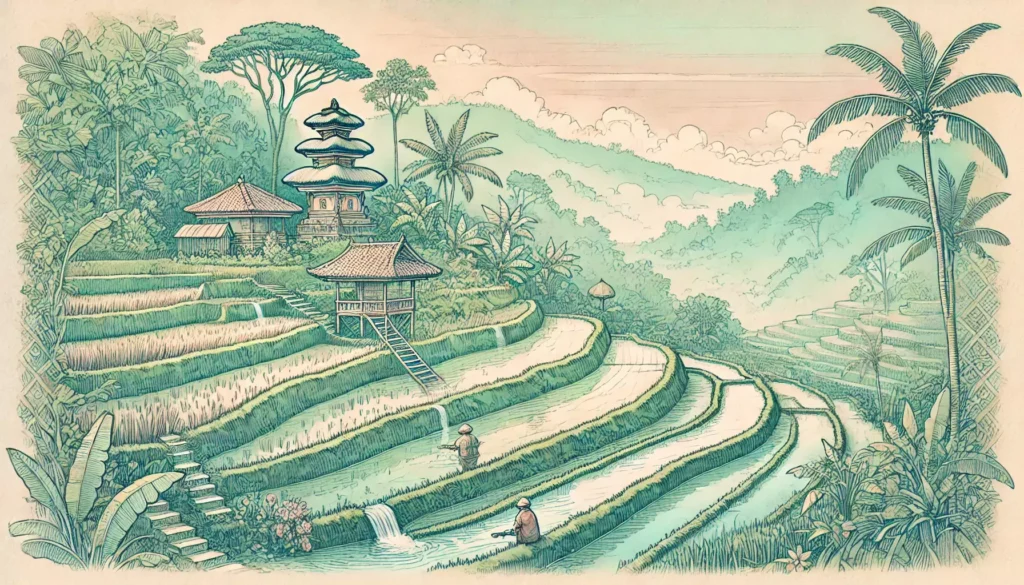
Bali’s iconic rice terraces are more than just stunning landscapes—they are a testament to the island’s ancient agricultural wisdom.
At the core of these terraces lies Subak, a traditional irrigation system that has been practiced by Balinese farmers for over a thousand years. Recognized by UNESCO as a World Heritage Site in 2012, Subak is not just about water management; it embodies the Balinese philosophy of Tri Hita Karana, which emphasizes harmony between humans, nature, and the spiritual world.
This unique system ensures that water from rivers and springs is distributed fairly to every rice field through a network of canals, tunnels, and weirs.
Each Subak is managed by a local farmers’ cooperative and is closely tied to Bali’s water temples, where rituals are held to honor the gods and ensure a bountiful harvest.
As you explore Bali’s most beautiful rice terraces, you’ll see Subak in action—a living legacy that continues to sustain both the land and the culture of Bali. Now, let’s dive into the list of the best rice terraces in Bali that every nature lover must visit!
😊Read: Ubud Cultural Day Tour With Rafting, Swing, and Temple Visit
1. Tegalalang Rice Terrace – The Iconic Ubud Landscape


Located just a 20-minute drive from Ubud, Tegalalang Rice Terrace is one of Bali’s most famous and picturesque landscapes. Its steep, lush green paddies are a stunning example of the traditional Subak irrigation system, showcasing how Balinese farmers have harmonized agriculture with nature for centuries.
Did You Know?
Tegalalang’s unique curved terraces were designed not only for aesthetic beauty but also to maximize water flow and prevent soil erosion. This ancient technique, passed down through generations, is a testament to the ingenuity of Balinese farmers.
Why Visit Tegalalang?
Tegalalang is more than just a scenic spot—it’s a cultural and adventure hub. Here, you can experience the famous Bali Swings, enjoy a cup of locally grown coffee at a cliffside cafe, or shop for handcrafted souvenirs from local artisans. For thrill-seekers, the Tegalalang Swing offers an adrenaline-pumping ride with panoramic views of the terraces.
Best Time to Visit
To avoid the crowds and enjoy the best lighting for photography, arrive before 9 AM or visit during sunset. The soft morning light creates a magical atmosphere, while the golden hues of sunset make for unforgettable views.

Best Season to Visit for Lush Green Fields
Tegalalang’s rice terraces transform throughout the year, depending on the planting and harvesting cycles. For the most vibrant and photogenic landscapes, plan your visit between March to April or September to October. These months, just before the harvest season, are when the rice paddies are at their greenest and most lush.
However, if you visit right after the harvest (usually around May or November), the fields may appear muddy or dry as farmers prepare for the next planting cycle. While the scenery might not be as picturesque during this time, it’s a unique opportunity to witness the agricultural process and understand the hard work behind Bali’s iconic rice terraces.
Pro Tip: If you’re unsure about the current condition of the fields, check with local guides or your accommodation in Ubud before visiting. They can provide real-time updates on the best time to see Tegalalang in its full glory.
Entrance Fee & Opening Hours
- Entrance Fee: IDR 25,000 per person
- Tegalalang Swing Price: IDR 150,000 – 500,000 (depending on the package)
- Opening Hours: 6 AM – 6 PM
How to Get There
- From Ubud Center: A 20-minute drive north via Jalan Raya Tegallalang.
- By Scooter or Car: Easily accessible with rental options available in Ubud.
- Guided Tours: Many tour packages include Tegalalang as a stop.
Things to Do Around Tegalalang
- Visit the Bali Swings: Soar above the terraces for an adrenaline rush and breathtaking views.
- Enjoy Coffee Tasting: Stop by a nearby coffee plantation to try the famous Luwak coffee.
- Explore Ceking Rice Terrace Walk: A scenic trekking path that takes you through the heart of the fields.
- Dine with a View: Relax at one of the many cliffside cafes, such as Alas Harum or Zen Hideaway, and enjoy a meal overlooking the terraces.
Tips for the Best Experience
- Wear comfortable shoes, as some trails can be steep and slippery.
- Bring small change for donations to local farmers if you enter their fields.
- Stay hydrated and wear sunscreen, especially if visiting around midday.
- Capture the moment during sunrise or sunset for the best lighting.
Fun Fact:
Tegalalang is one of the most photographed rice terraces in Bali, often featured in travel magazines and social media. Its iconic views have made it a favorite spot for pre-wedding photos and film shoots!
2. Jatiluwih Rice Terrace – A UNESCO World Heritage Site
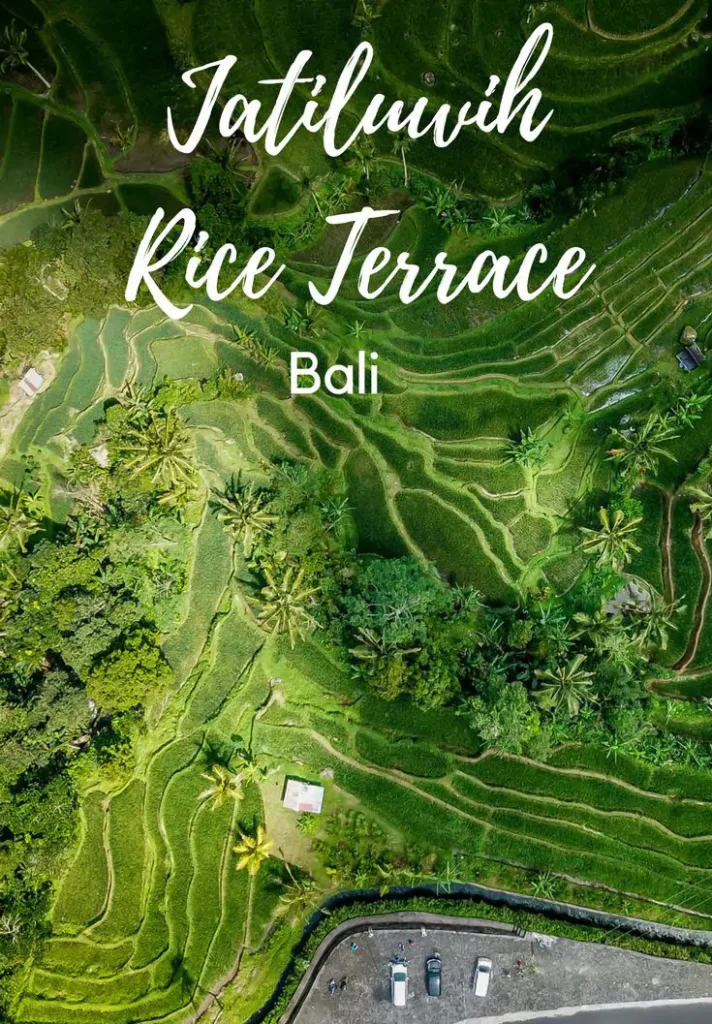

Nestled in the lush highlands of Tabanan Regency, Jatiluwih Rice Terrace is the largest and most breathtaking rice field in Bali. Recognized as a UNESCO World Heritage Site, Jatiluwih is a prime example of the traditional Subak irrigation system, showcasing the harmony between Balinese culture, agriculture, and nature. With its vast green landscapes and the majestic Mount Batukaru in the background, Jatiluwih is a must-visit for nature lovers and culture enthusiasts alike.
Did You Know?
Jatiluwih’s name comes from the Balinese words jati (real) and luwih (excellent), reflecting its reputation as one of the most beautiful and authentic rice terraces in Bali. It’s also one of the 11 best sunrise spots in Bali, offering a magical experience as the first light of day illuminates the endless green fields.
Why Visit Jatiluwih?
Jatiluwih offers a serene escape from the crowds, making it perfect for those seeking a peaceful and immersive experience. Unlike other rice terraces, Jatiluwih remains relatively untouched by mass tourism, allowing visitors to connect with nature and witness traditional Balinese farming practices up close.
Best Time to Visit
The best time to visit Jatiluwih is during the late afternoon, when the golden hour bathes the terraces in warm, soft light. For the most vibrant green landscapes, plan your visit between March to May or October to December, during the peak of the growing season.
Entrance Fee & Opening Hours
- Entrance Fee: IDR 75,000 per Adult and IDR 50,000 per Child (Valid 1 April 2025 – Source Detik.com)
- Opening Hours: 6 AM – 6 PM
How to Get There
- From Ubud: A 1.5-hour drive west via Jalan Raya Jatiluwih.
- By Private Driver: The most comfortable and flexible option.
- Bicycle Tours: A unique and eco-friendly way to explore the area.
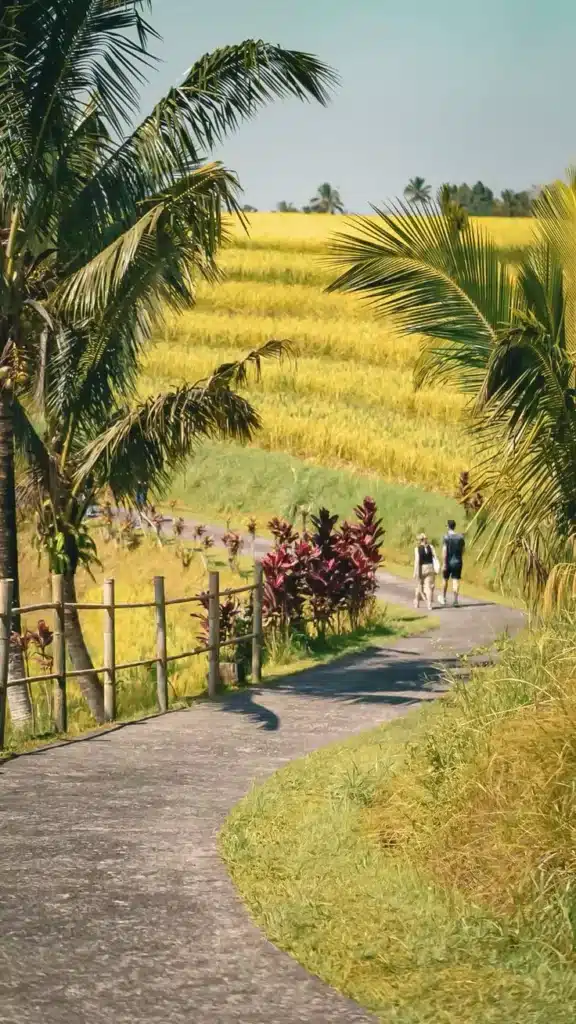
Things to Do Around Jatiluwih
- Trekking Routes: Explore the terraces on foot through various trails, each offering stunning views and a chance to see the Subak system in action.
- Try Local Cuisine: Enjoy organic, farm-to-table dishes at local restaurants like Warung Made Jatiluwih, which offers panoramic views of the fields.
- Visit Pura Luhur Batukaru: A sacred temple located on the slopes of Mount Batukaru, perfect for a spiritual and cultural experience.
- Photography: Capture the endless green fields and dramatic landscapes, especially during sunrise or sunset.
Best Season to Visit for Lush Green Fields
Jatiluwih follows a similar planting cycle to other rice terraces in Bali. For the most vibrant and photogenic landscapes, visit during the peak growing season (March to May and October to December). During these months, the fields are lush and green, creating a stunning contrast against the blue sky.
Tips for the Best Experience
- Wear Comfortable Shoes: The trekking trails can be uneven and slippery, especially after rain.
- Respect the Farmers: Stay on marked paths to avoid damaging the crops and always ask for permission before entering private fields.
- Bring a Camera: The landscape is incredibly photogenic, so don’t forget to capture the moment.
- Stay Hydrated: The sun can be intense, especially during midday, so carry water with you.
- Hire a Local Guide: A guide can provide deeper insights into the Subak system and the history of Jatiluwih.
Fun Fact:
Jatiluwih is one of the few places in Bali where you can see rice fields stretching as far as the eye can see, with no buildings or modern structures in sight. This makes it a true representation of Bali’s agricultural heritage.
😊Read: Private Bedugul Bali Tour UNESCO Sites Inc Lunch & Ticket
3. Sidemen Rice Terrace – Bali’s Hidden Gem
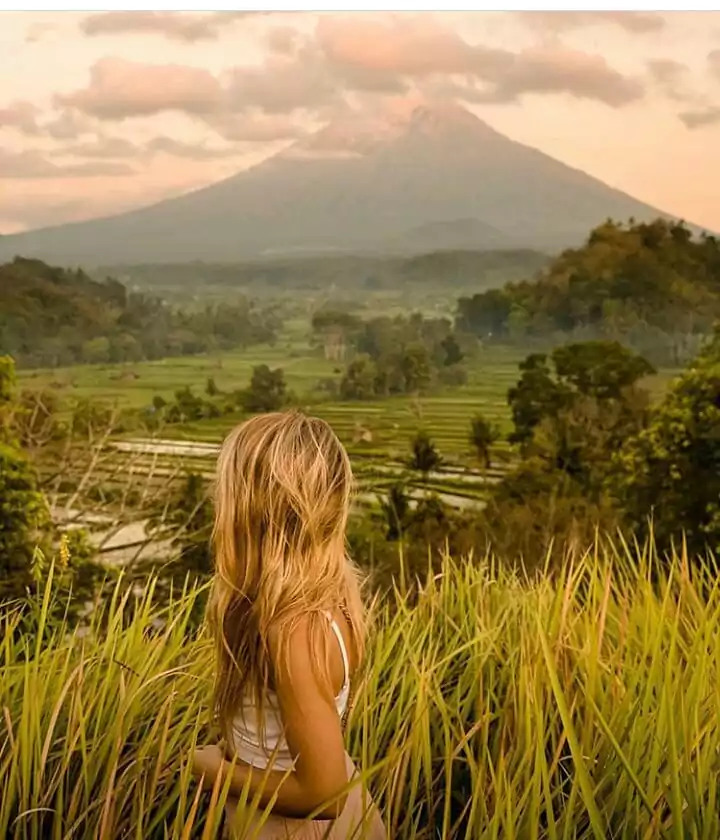
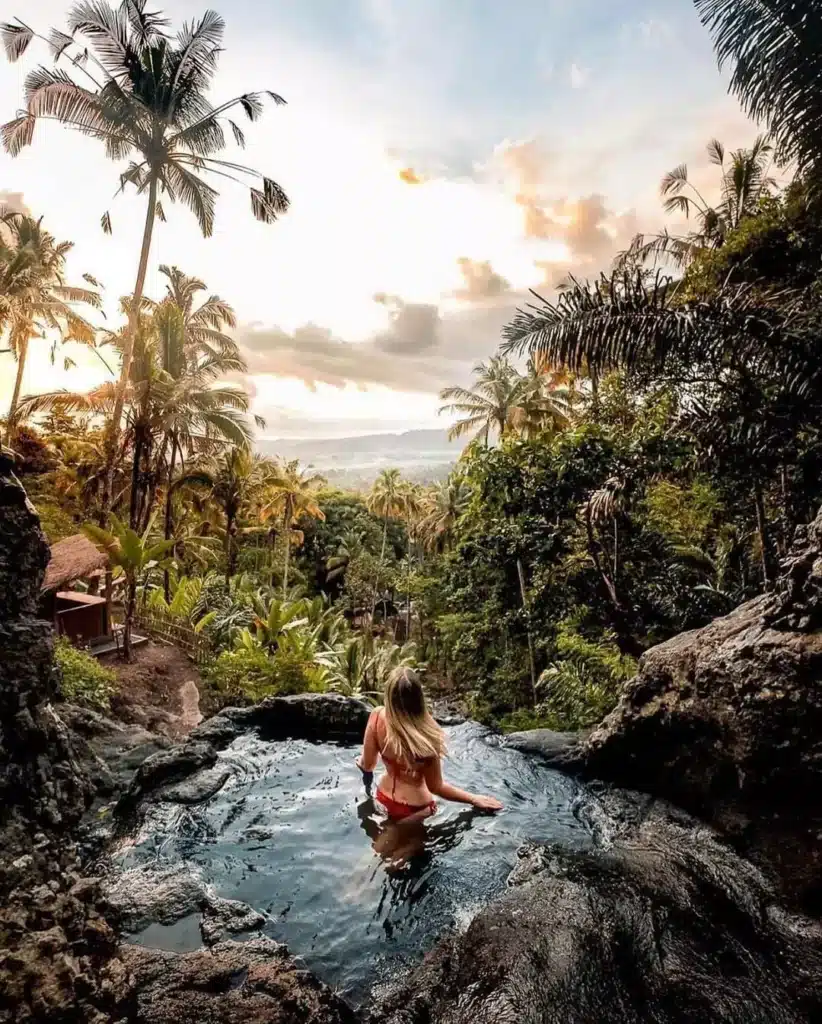
Tucked away in the serene eastern part of Bali, Sidemen Rice Terrace is a hidden paradise that offers a tranquil escape from the island’s more crowded tourist spots. With its rolling hills, traditional villages, and endless green rice fields, Sidemen is the perfect destination for those seeking an authentic Balinese countryside experience.
Did You Know?
Sidemen is often referred to as the “hidden Ubud” due to its peaceful atmosphere and stunning landscapes. It’s also one of the best places in Bali to witness traditional farming practices up close.
Why Visit Sidemen?
Sidemen is a haven for travelers looking to escape the hustle and bustle of Bali’s tourist hotspots. Unlike the more popular rice terraces, Sidemen remains unspoiled and offers a glimpse into the daily lives of local farmers. Here, you can immerse yourself in the true essence of rural Bali, where time seems to stand still.
Best Time to Visit
The best time to visit Sidemen is during the peak growing season, from March to May and October to December, when the rice fields are at their greenest and most vibrant. For the most magical experience, visit during sunrise or sunset, when the golden light bathes the terraces in a warm glow.
Entrance Fee & Opening Hours
- Entrance Fee: Free (though small donations to local farmers are appreciated).
- Opening Hours: Open all day, but it’s best to visit during daylight hours.
How to Get There
- From Ubud: A 1.5-hour drive east via Jalan Raya Sidemen.
- By Scooter or Car: Easily accessible with rental options available in Ubud or Denpasar.
- Guided Tours: Many tour operators offer day trips to Sidemen, often combined with visits to nearby attractions.
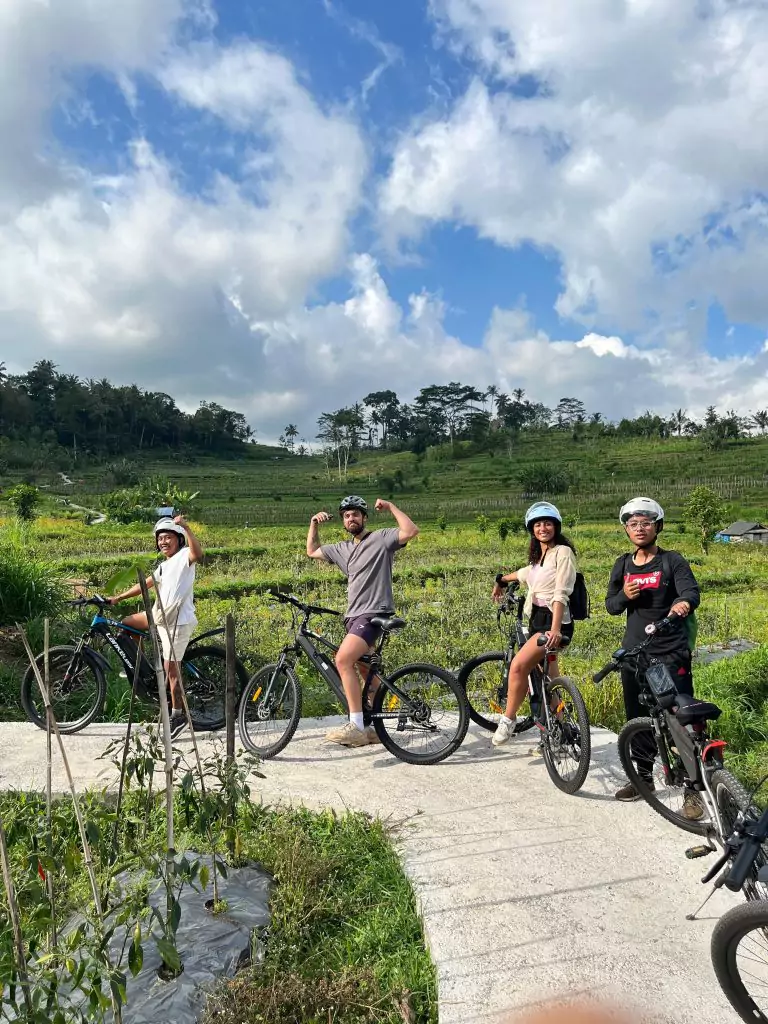
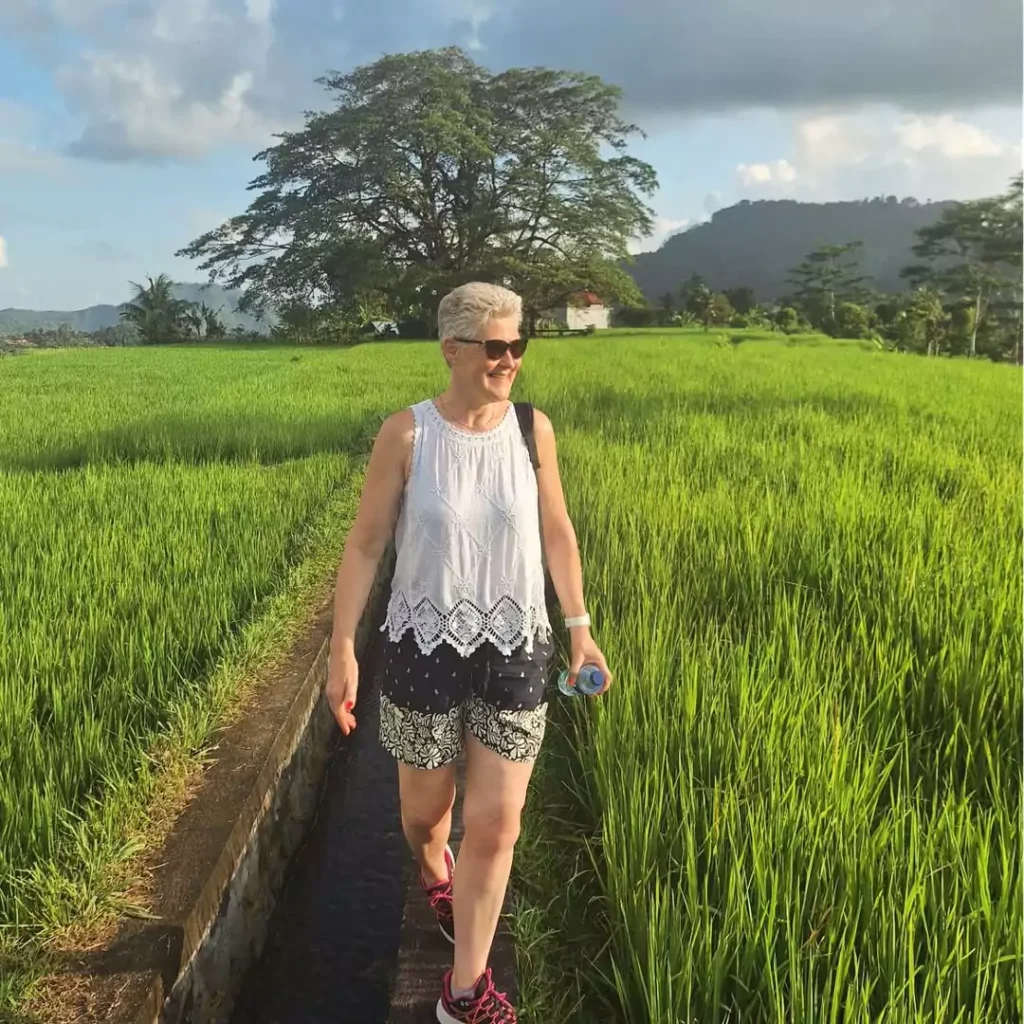
Things to Do Around Sidemen
- Trekking & Cycling: Explore the rice fields and surrounding hills on foot or by bike. Popular routes include the Sidemen Village Loop and the trek to Mount Agung’s foothills.
- Visit Traditional Weaving Villages: Discover the art of Tenun Songket weaving, a traditional Balinese craft, in villages like Buangga or Sidemen Village.
- Relax by the Unda River: Enjoy a peaceful picnic or simply unwind by the river, surrounded by lush greenery.
- Stay in a Boutique Villa: Sidemen is home to several charming accommodations, such as Wapa di Ume Sidemen, offering stunning views of the rice fields.
- Photography: Capture the serene landscapes, traditional villages, and daily life of local farmers.
Best Season to Visit for Lush Green Fields
Like other rice terraces in Bali, Sidemen follows a planting and harvesting cycle. For the most picturesque views, plan your visit during the peak growing season (March to May and October to December), when the fields are lush and green. Avoid visiting right after the harvest, as the fields may appear dry or muddy.
Tips for the Best Experience
- Wear Comfortable Shoes: The terrain can be uneven and slippery, especially after rain.
- Respect the Farmers: Always ask for permission before entering private fields and stay on marked paths.
- Bring Small Change: Small donations to local farmers are appreciated and help support their livelihoods.
- Hire a Local Guide: A guide can provide deeper insights into the area’s culture, history, and farming practices.
- Stay Hydrated: The sun can be intense, especially during midday, so carry water with you.
Fun Fact:
Sidemen was once a favorite retreat for artists and writers, including the famous Belgian painter Adrien-Jean Le Mayeur, who found inspiration in its serene landscapes.
4. Rendang Rice Terrace – A Scenic Retreat in Bali’s Highlands
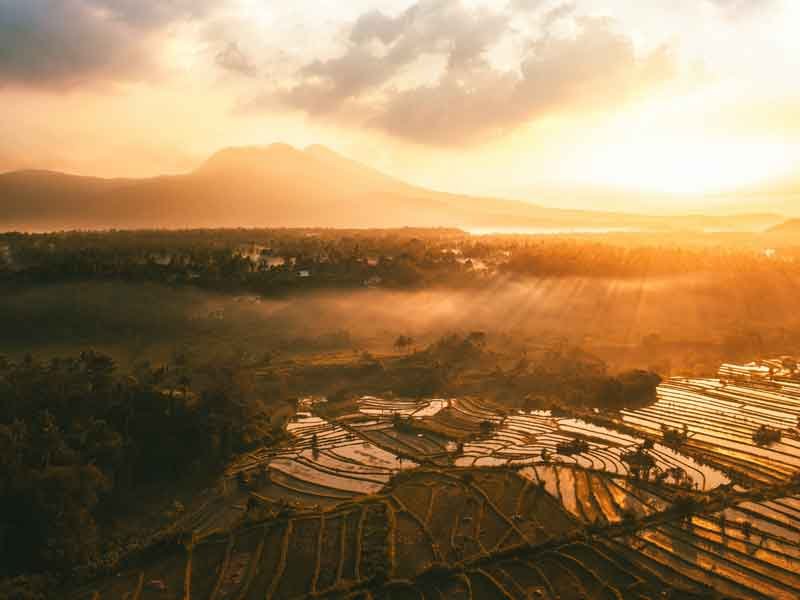
Nestled in the lush highlands of East Bali, Rendang Rice Terrace is a breathtaking expanse of emerald-green fields that offers a tranquil escape from the island’s bustling tourist hubs. Located not far from Sidemen, another hidden gem, Rendang is easily accessible for those exploring the eastern part of the island. With its scenic landscapes, fresh mountain air, and authentic rural charm, Rendang is the perfect destination for travelers seeking peace and natural beauty.
Did You Know?
Rendang is one of Bali’s most fertile agricultural regions, benefiting from the rich volcanic soil of Mount Agung. It’s also home to traditional Balinese farming methods that have been passed down for generations. Additionally, Rendang is famous for its coffee and cocoa plantations, where high-quality Balinese coffee beans are cultivated.
Why Visit Rendang?
Unlike the more famous rice terraces in Bali, Rendang remains largely untouched by mass tourism, allowing visitors to experience the island’s agricultural heritage in its purest form. Here, you can walk through picturesque rice paddies, interact with friendly farmers, and soak in the stunning mountain views that surround the area.
Best Time to Visit
For the most stunning scenery, visit between March to May and October to December, when the rice fields are at their greenest. Sunrise and sunset are particularly magical, as the golden light enhances the beauty of the terraces and creates a dreamlike atmosphere.
Entrance Fee & Opening Hours
- Entrance Fee: Free (small donations to local farmers are encouraged).
- Opening Hours: Open all day, but best visited during daylight hours.

How to Get There
- From Ubud: About a 1.5-hour drive northeast via Jalan Raya Rendang.
- By Scooter or Car: Easily accessible, with rental options available from Ubud, Denpasar, and Candidasa.
- Guided Tours: Many eco-tour operators offer day trips to Rendang, often combined with visits to nearby waterfalls and temples.
Things to Do Around Rendang
- Trekking & Cycling: Explore the rice fields and surrounding countryside on foot or by bike, with routes leading to nearby villages and viewpoints.
- Visit Besakih Temple: The iconic “Mother Temple” of Bali is just a short drive away and offers a cultural experience unlike any other.
- Waterfall Excursion: Discover hidden waterfalls like Tukad Cepung and Gembleng Waterfall for a refreshing dip in nature.
- Try Local Cuisine: Sample authentic Balinese dishes at small warungs (local eateries), where meals are made with fresh ingredients from the surrounding farms.
- Photography: Capture the stunning terraced landscapes, traditional Balinese huts, and the daily life of local farmers.
- Coffee & Cocoa Plantation Tours: Learn about the process of cultivating and roasting Balinese coffee and cocoa beans at local plantations.
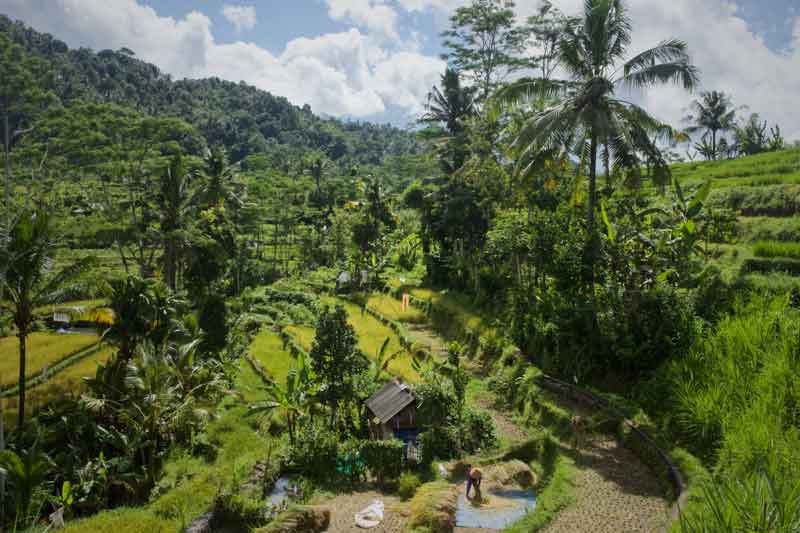
Best Season for Lush Green Fields
As with most rice terraces in Bali, Rendang follows a planting and harvesting cycle. For the most vibrant landscapes, visit between March to May and October to December, when the fields are lush and green. Avoid visiting right after harvest, as the terraces may appear dry or muddy.
Tips for the Best Experience
- Wear Comfortable Shoes: The paths can be uneven and slightly muddy, especially after rain.
- Respect Local Farmers: Always ask permission before entering private fields and follow designated paths.
- Bring Small Change: A small donation to local farmers is a great way to support their livelihood.
- Stay Hydrated: The tropical heat can be intense, so bring water with you.
- Consider a Local Guide: A guide can provide deeper insights into traditional Balinese farming practices and culture.
Fun Fact:
Rendang is not only known for its terraced rice fields but also for its coffee and cocoa plantations. Many farmers in the area cultivate high-quality Balinese coffee beans, which are used in some of the best brews on the island.
5. Alas Harum – Bali’s Ultimate Agro-Tourism Experience

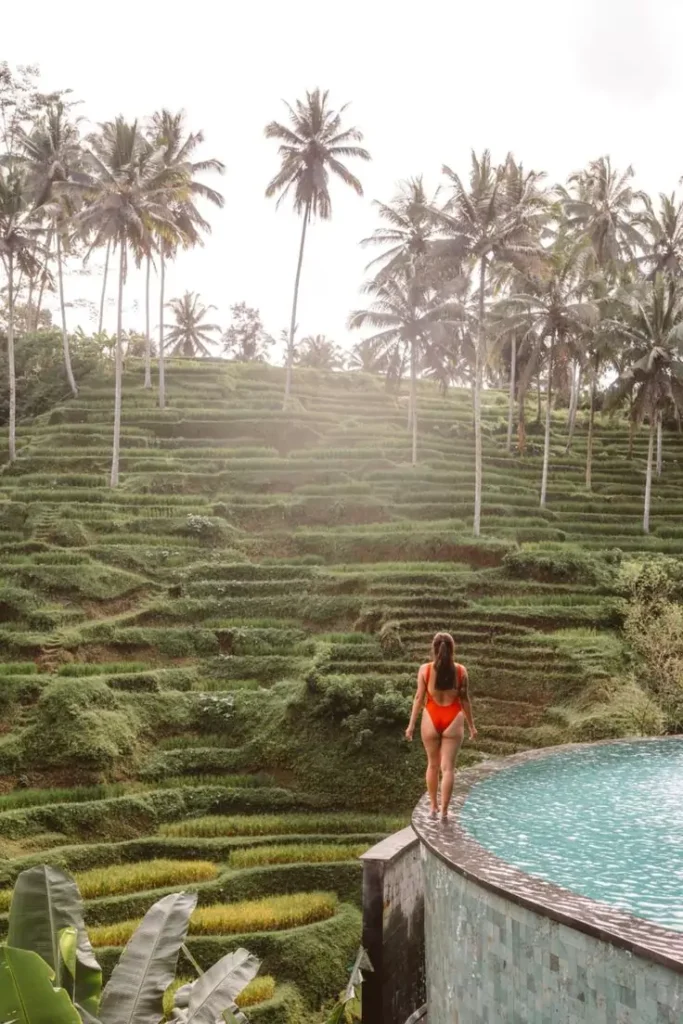
Located in the lush hills of Ubud, Alas Harum is a must-visit destination for those looking to experience Bali’s natural beauty, culture, and adventure all in one place. Famous for its stunning rice terraces, thrilling swings, and Luwak coffee plantations, this agro-tourism spot offers a unique blend of relaxation and excitement.
Did You Know?
Alas Harum is home to one of the most Instagrammable swings in Bali, allowing visitors to soar high above the rice terraces with breathtaking views. It’s also one of the best places to learn about the production of Kopi Luwak, one of the world’s most expensive coffees.
Why Visit Alas Harum?
Unlike traditional rice terraces, Alas Harum combines scenic landscapes with adventure and cultural experiences. Whether you want to sip freshly brewed Balinese coffee, walk through lush green rice fields, or try adrenaline-pumping activities like sky biking and zip-lining, this place has something for everyone.
Best Time to Visit
For the best experience, visit early in the morning or late in the afternoon to avoid the midday heat and crowds. The rice terraces are at their most vibrant between March to May and October to December, when the fields are lush and green.
Entrance Fee & Opening Hours
- Entrance Fee: IDR 50,000 – IDR 100,000 (depending on activities).
- Opening Hours: 8:00 AM – 7:00 PM (daily).
How to Get There
- From Ubud: A 20-minute drive north via Jalan Raya Tegallalang.
- From Canggu/Seminyak: About a 1.5-hour drive by car or scooter.
- Guided Tours: Many Bali tour packages include Alas Harum along with Tegallalang Rice Terrace and Sacred Monkey Forest.
Things to Do at Alas Harum
- Bali Swings: Experience the thrill of swinging over the rice fields, with multiple swing options at different heights.
- Sky Bike: Ride a bicycle suspended high above the rice terraces for an unforgettable view.
- Kopi Luwak Tasting: Learn about the traditional process of making Luwak coffee and sample some of Bali’s finest brews.
- Glass Floor Walkway: Step onto a transparent glass platform for a stunning perspective of the terraces below.
- Zip Lining: Glide through the air for an exhilarating view of the surrounding jungle and fields.
- Explore the Rice Fields: Take a peaceful walk through the terraces, capturing breathtaking photos along the way.
- Relax by the Infinity Pool: Unwind in one of the beautiful infinity pools overlooking the jungle and rice fields.
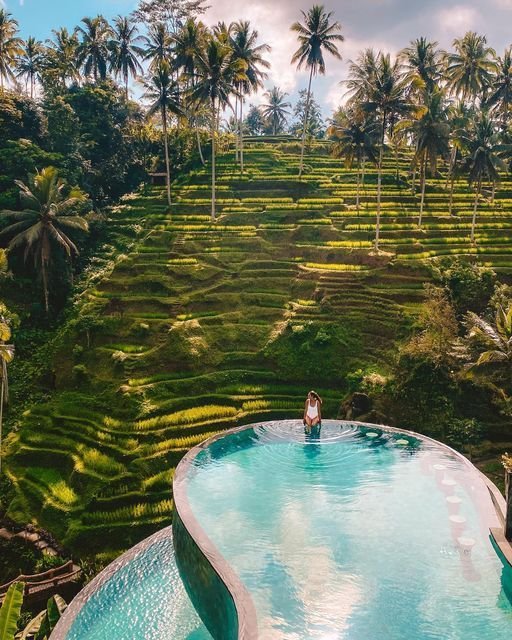
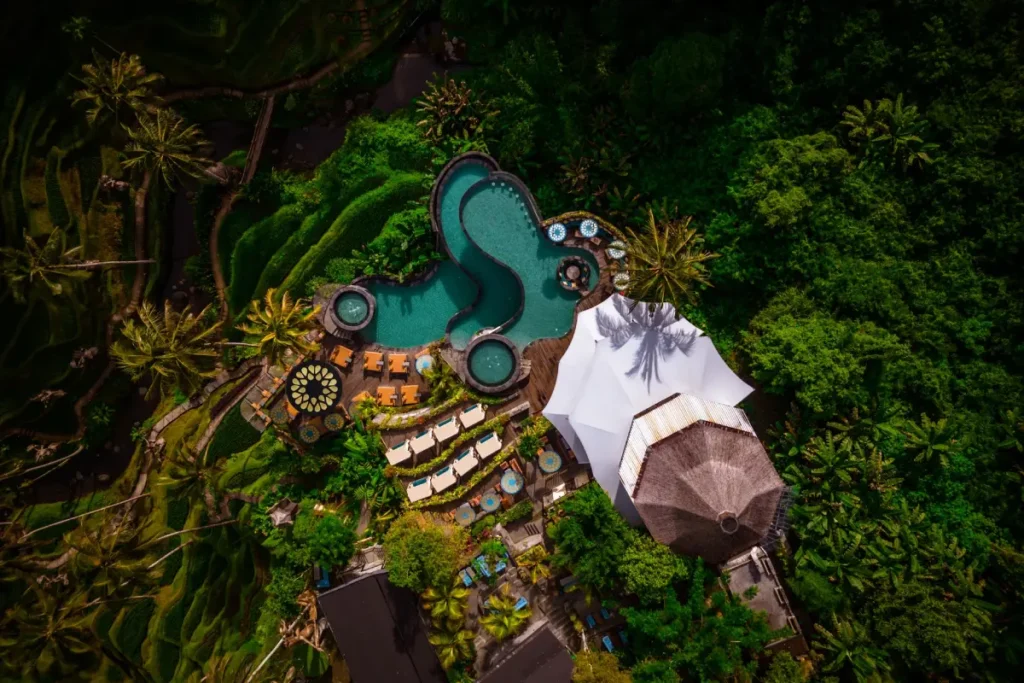
Best Season for Lush Green Fields
Alas Harum’s rice terraces follow the same planting and harvesting cycle as other rice fields in Bali. To witness the fields at their greenest, visit between March to May or October to December.
Tips for the Best Experience
- Arrive Early: Mornings offer the best lighting for photography and fewer crowds.
- Dress Comfortably: Lightweight clothing and good walking shoes are recommended for exploring the terraces.
- Try Local Coffee: Don’t miss the opportunity to sample Kopi Luwak and other Balinese coffee varieties.
- Bring a Camera: The swings, terraces, and jungle views make for incredible photos.
- Check Activity Prices: Some attractions have additional fees, so plan your budget accordingly.
Fun Fact:
Alas Harum is not just about coffee and swings—it’s also known for its beautiful infinity pools overlooking the jungle, making it a perfect spot to relax after an adventure-filled day.
6. Pupuan Rice Terrace – Bali’s Lush Green Paradise
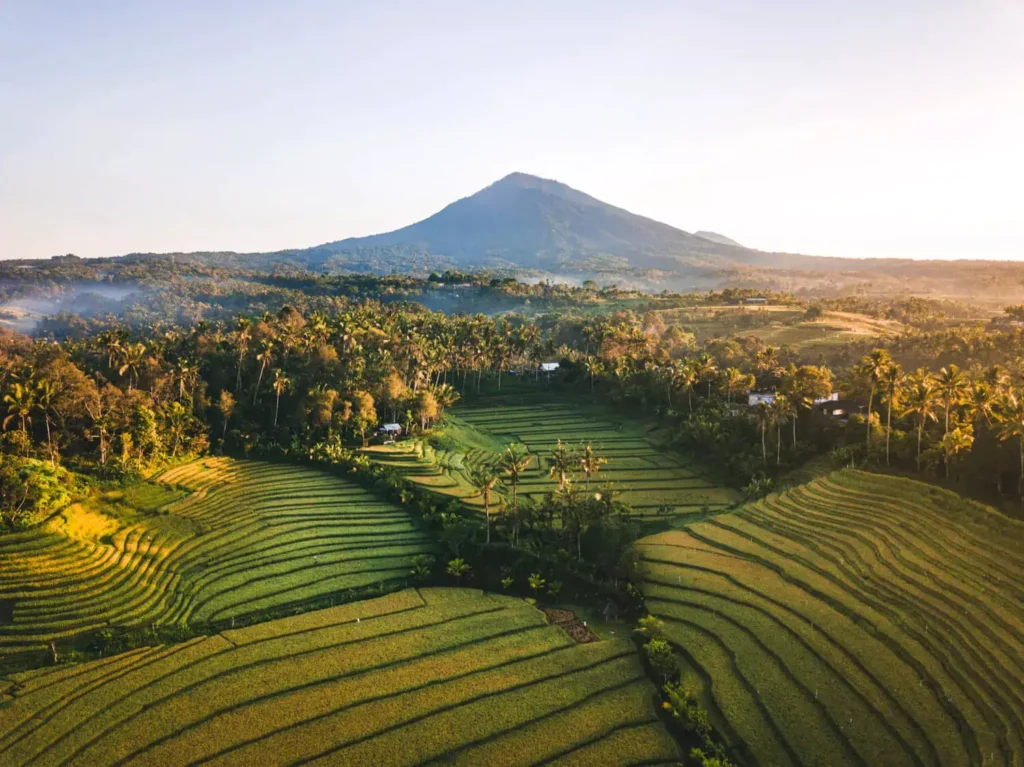
Nestled in the highlands of Tabanan, Pupuan Rice Terrace is one of Bali’s most stunning yet least explored landscapes. Known for its endless rolling rice fields, cool mountain climate, and rich volcanic soil, Pupuan offers a tranquil and scenic retreat far from the island’s crowded tourist hubs. If you’re looking for a breathtaking, off-the-beaten-path destination, this is the place to be.
Did You Know?
Pupuan is one of the most fertile regions in Bali, making it an essential agricultural hub. Aside from rice, this area is famous for producing cloves, coffee, cocoa, and tropical fruits that supply markets across the island. During harvest season, the sweet and spicy aroma of drying cloves fills the air, adding to the region’s unique charm.
Why Visit Pupuan?
Unlike the well-known rice terraces in Ubud and Jatiluwih, Pupuan remains serene and untouched by mass tourism. The landscape here is hilly and dramatic, offering some of the most picturesque rice terrace views in Bali. The cool climate, fresh air, and peaceful surroundings make it an ideal destination for nature lovers and photography enthusiasts.
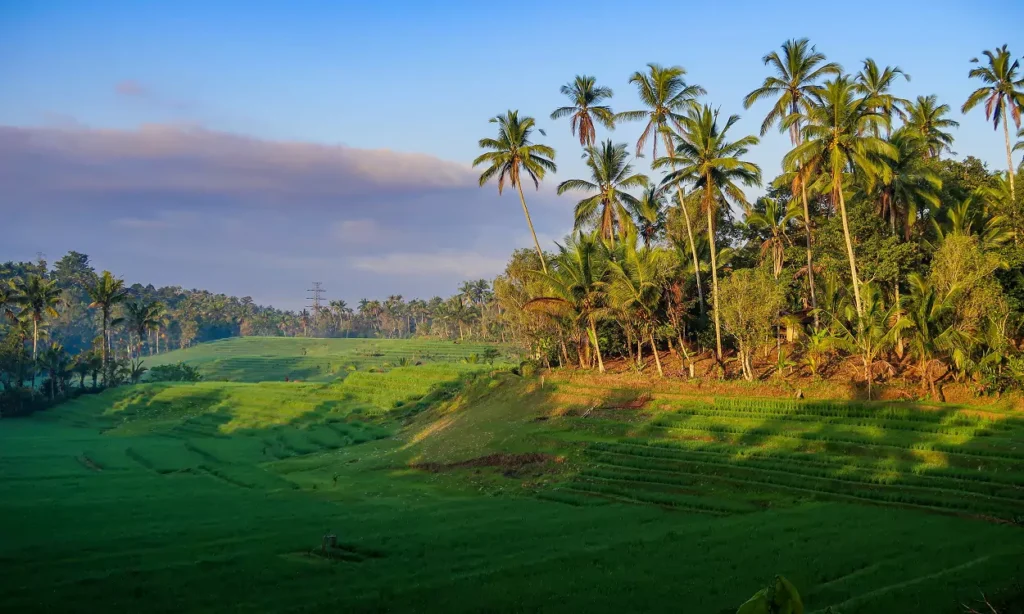
Best Time to Visit
For the most breathtaking green landscapes, visit during the peak growing season (March to May and October to December). The best times of the day to explore are early morning or late afternoon, when the light enhances the beauty of the terraces and creates a golden glow over the fields.
Entrance Fee & Opening Hours
- Entrance Fee: Free (donations to local farmers are appreciated).
- Opening Hours: Open all day, best explored during daylight hours.
How to Get There
- From Denpasar: A 2-hour drive via Jalan Raya Pupuan.
- From Ubud: About a 2.5-hour scenic drive through lush forests and rolling hills.
- By Scooter or Car: Rental options are available from Ubud, Canggu, or Denpasar. The journey itself offers spectacular countryside views.

Things to Do Around Pupuan
- Trekking & Nature Walks: Explore the vast rice terraces, hidden waterfalls, and small village pathways for an unforgettable adventure.
- Visit Coffee & Clove Plantations: Learn about traditional Balinese coffee and clove production, with opportunities to taste fresh local brews.
- Photography: Capture some of the most breathtaking rice terrace panoramas in Bali, with misty mountains in the background.
- Stop by Blemantung Waterfall: A beautiful hidden waterfall near Pupuan, perfect for a refreshing dip in nature.
- Enjoy Local Cuisine: Visit a warung (local eatery) and taste authentic Balinese dishes made with freshly harvested rice and local spices.
Best Season for Lush Green Fields
Pupuan’s rice fields follow Bali’s traditional planting and harvesting cycle. For the most scenic experience, visit between March to May or October to December, when the terraces are at their most vibrant. Avoid coming right after harvest, as the fields may look dry or muddy.
Tips for the Best Experience
- Wear Comfortable Shoes: The trails can be muddy and uneven, especially after rain.
- Respect Local Farmers: Always ask permission before entering fields and stay on marked paths.
- Bring Water & Snacks: There are limited tourist facilities, so it’s best to be prepared.
- Hire a Local Guide: A guide can help you explore hidden trails, waterfalls, and local plantations.
- Take Your Time: Pupuan is best enjoyed at a slow pace, soaking in the peaceful atmosphere.
Fun Fact:
Pupuan is one of Bali’s main clove-growing regions, and during harvest season, you can smell the sweet and spicy aroma of cloves drying under the sun as you explore the terraces!
7. Antosari Rice Terrace – Bali’s Hidden Scenic Escape

Tucked away in the western part of Bali, Antosari Rice Terrace is a breathtaking landscape of rolling green fields that offers a serene retreat far from the island’s bustling tourist hotspots. Surrounded by lush tropical forests and backed by majestic mountains, Antosari is the perfect place for travelers seeking a more authentic and peaceful Balinese countryside experience.
Did You Know?
Antosari is located near Pupuan, an area famous for producing some of Bali’s highest-quality coffee and cocoa beans. The region’s fertile volcanic soil and cool mountain climate make it an ideal place for growing Arabica coffee, cloves, and other tropical crops. In fact, Antosari is often called Bali’s Coffee Belt due to its extensive coffee plantations.
Why Visit Antosari?
Unlike the famous rice terraces in central Bali, Antosari remains untouched by mass tourism, offering visitors a chance to experience Bali’s agricultural beauty in its purest form. Here, you can wander through vast rice fields, enjoy spectacular mountain views, and witness local farmers working in their traditional ways.
Best Time to Visit
For the most stunning views, visit during the peak growing season (March to May and October to December), when the rice terraces are at their greenest. The best time of day to explore is early morning or late afternoon, when the light creates a magical glow over the fields.
Entrance Fee & Opening Hours
- Entrance Fee: Free (donations to local farmers are appreciated).
- Opening Hours: Open all day, but best explored during daylight hours.
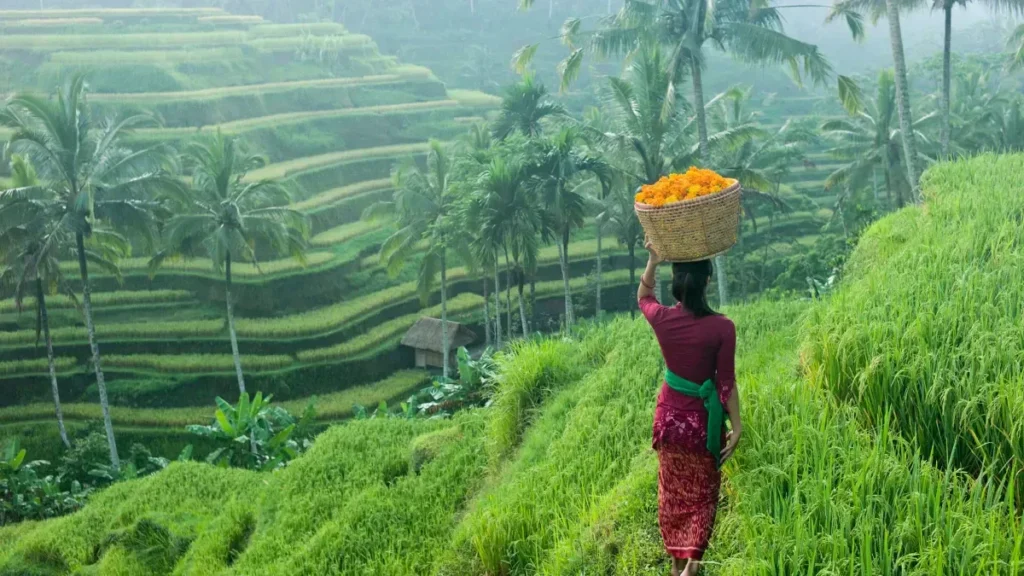
How to Get There
- From Denpasar: A 2-hour drive northwest via Jalan Raya Antosari.
- From Ubud: About a 2.5-hour drive, making it an excellent option for a scenic day trip.
- By Scooter or Car: Easily accessible by rental vehicle, with stunning countryside views along the way.
Things to Do Around Antosari
- Scenic Trekking & Cycling: Explore the rice fields and surrounding plantations on foot or by bike, taking in breathtaking panoramic views.
- Coffee & Cocoa Plantations: Visit nearby farms to learn about traditional Balinese coffee and cocoa production and enjoy a fresh cup straight from the source.
- Photography: Capture the stunning landscapes, tiered rice terraces, and farmers in action. The area’s natural beauty is a dream for photographers.
- Visit Mekori Waterfall: A hidden gem located near Antosari, perfect for a refreshing dip in nature.
- Relax in a Local Warung: Enjoy traditional Balinese dishes made with locally grown ingredients, including freshly harvested rice and organic vegetables.
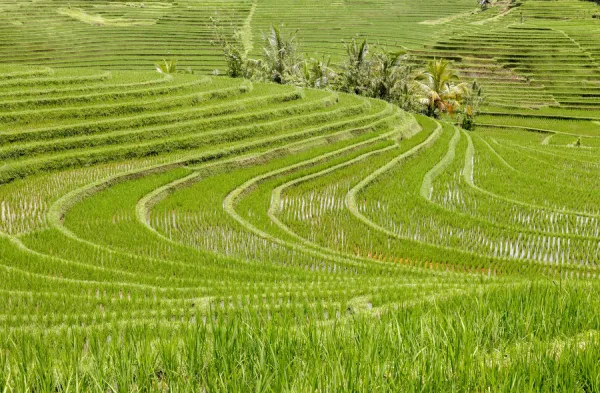
Best Season for Lush Green Fields
Like most rice terraces in Bali, Antosari follows the island’s planting and harvesting cycle. For the most vibrant scenery, visit between March to May and October to December, when the fields are lush and full of life. Avoid visiting immediately after harvest, as the fields may appear brown or dry.
Tips for the Best Experience
- Wear Comfortable Footwear: The terrain can be uneven and slightly muddy, especially after rain.
- Respect Local Farmers: Stay on designated paths and ask for permission before entering private fields.
- Bring Small Change: Supporting local farmers with small donations is always appreciated.
- Pack Water & Snacks: There are fewer tourist facilities here, so it’s best to bring essentials.
- Hire a Local Guide: A guide can provide insights into the region’s agriculture, culture, and hidden gems.
Fun Fact:
Antosari is often called Bali’s Coffee Belt due to its extensive coffee plantations. Some of the finest Bali Arabica coffee beans are grown here before being exported worldwide!
😊Read: 45 Amazing Facts About Bali: A Complete Guide to the Island’s Secrets
Best Rice Terraces in Bali – A Complete Comparison Guide
Whether you’re looking for hidden gems, UNESCO-listed sites, or Instagram-worthy spots, this guide will help you compare the best rice terraces in Bali based on their location, accessibility, entry fees, and special features.
Use the comparison table below to find the perfect rice terrace for your next adventure!
| Spot | Location | Accessibility | Entry Fee | Unique Feature |
|---|---|---|---|---|
| Sidemen Rice Terrace | East Bali (Karangasem) | 1.5-hour drive from Ubud | Free (donations appreciated) | A hidden gem with traditional Balinese farming and peaceful atmosphere |
| Rendang Rice Terrace | East Bali (near Besakih) | 1-hour drive from Ubud | Free (donations appreciated) | Panoramic views of rice fields with Mount Agung as the backdrop |
| Alas Harum | Ubud (Tegallalang) | 20-minute drive from Ubud | Paid (varies by activity) | Famous for its Bali Swing, glass bridge, and coffee plantation |
| Jatiluwih Rice Terrace | Central Bali (Tabanan) | 2-hour drive from Ubud | IDR 75,000 | A UNESCO Heritage Site with vast and well-preserved terraces |
| Antosari Rice Terrace | West Bali (Tabanan) | 2-hour drive from Denpasar | Free (donations appreciated) | Secluded location with coffee and cocoa plantations nearby |
| Pupuan Rice Terrace | West Bali (Tabanan) | 2.5-hour drive from Ubud | Free (donations appreciated) | Rich volcanic soil growing rice, cloves, and coffee |
| Tegalalang Rice Terrace | Ubud | 20-minute drive from Ubud | IDR 25,000 | Iconic, Instagrammable rice fields with cafés overlooking terraces |
Other Beautiful Spot : Ultimate Map of 36 Stunning Best Rice Terraces in Bali 🌾


In this article, we’ve highlighted the 7 Best Rice Terraces in Bali, but for those who want to explore even more, we’ve created a custom map featuring 36 beautiful rice terraces complete with photos across the island.
Whether you’re a photographer, a nature lover, or simply seeking a peaceful retreat, this comprehensive map will help you discover hidden gems and must-visit rice fields that go beyond the usual tourist spots.
This map is perfect for those who want to:
- Discover hidden gems off the beaten path.
- Plan a road trip through Bali’s most scenic landscapes.
- Explore rice terraces in less touristy areas.
Use this interactive map to explore the rice terraces, plan your visit, and navigate easily to each location. Simply click on any marker to see more details, including photos and key information about the spot.
With 36 stunning rice terraces to choose from, you can plan a unique and unforgettable Bali adventure that goes beyond the typical tourist spots. Whether you’re chasing the perfect sunrise, trekking through lush green fields, or simply soaking in the peaceful atmosphere, this map is your ultimate guide to experiencing the true beauty of Bali’s rural landscapes.
Start exploring today and create memories that will last a lifetime!
Plan Your Best Rice Terraces in Bali Adventure with HeyBali!
Bali’s rice terraces are more than just stunning landscapes—they are a testament to the island’s rich agricultural heritage, cultural traditions, and harmonious relationship with nature. From the iconic Tegalalang to the hidden gem of Pupuan, each terrace offers a unique experience that will leave you in awe of Bali’s natural beauty.
Planning your rice terrace adventure? Hey Bali Info is here to make your trip seamless and unforgettable! We offer affordable car rental services in Bali for 12 hours, ensuring you can explore these breathtaking locations at your own pace. Whether you’re heading to Jatiluwih, Sidemen, or Rendang, our reliable drivers will take you there comfortably and safely.

And don’t forget—staying connected is key! Make sure you have a strong signal and plenty of data while exploring Bali’s remote rice terraces. Hey Bali Info also provides the best deals on Bali SIM cards and eSIMs, so you can share your amazing experiences in real-time without breaking the bank. So, which rice terrace will you explore first?


